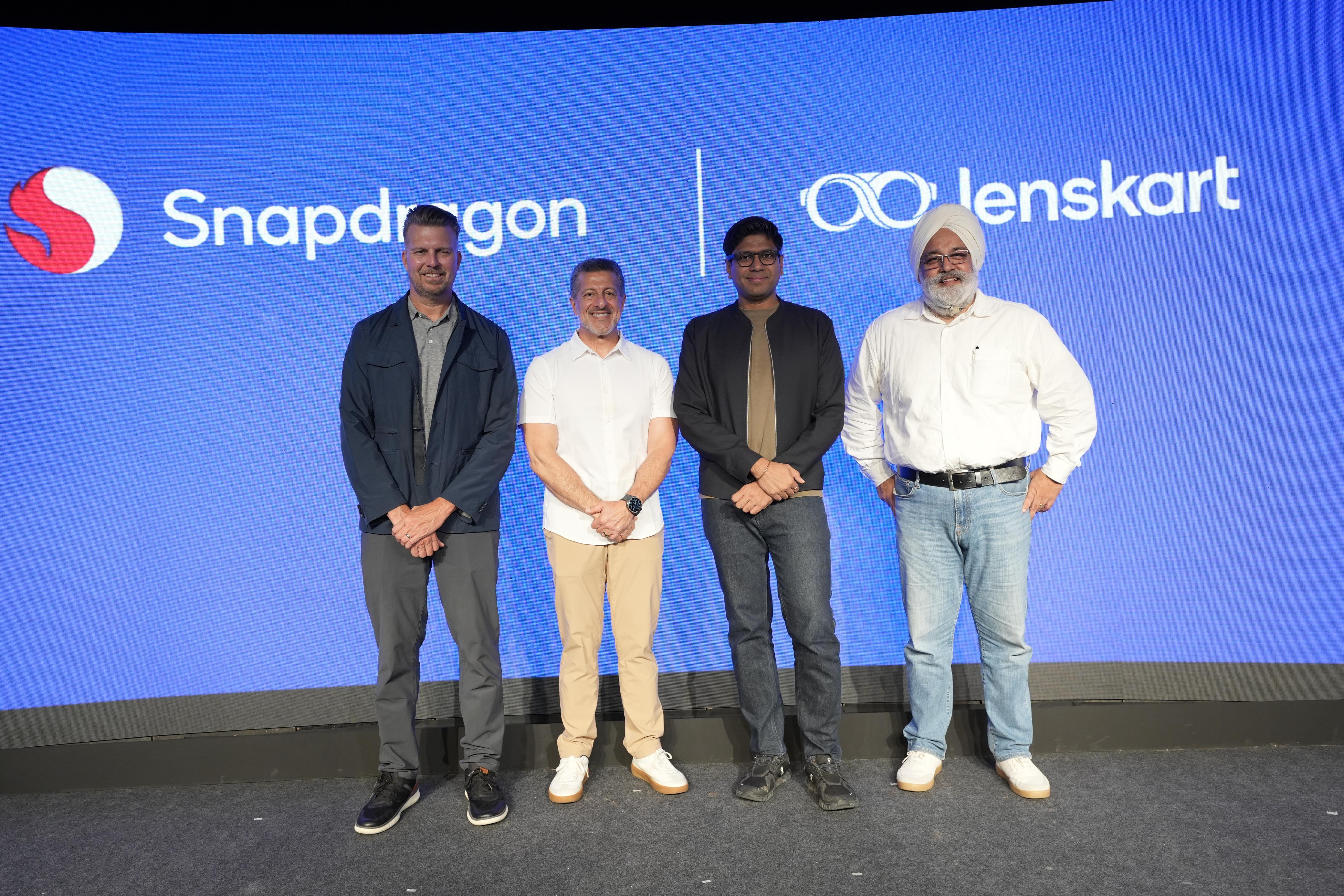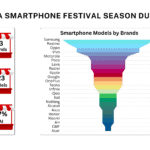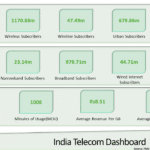Smart eyewear is poised to explode globally along in India. We are expecting the market to double in 2025 crossing the 3 million mark. The number is still tiny in front of smartphones which have been selling 1.2 – 1.5 billion annually over the past few years.
Among the existing wearables and companion gadgets, eyewear has a promising future and potential to grow for the simple reason that people who are already wearing a spectacle are habitually used to take it off while going to bed. So, there is a natural ‘time-off’ for it which can be used to charge it and take a break! As against it, the only other wearable that could come closer to it is a smart watch, but as its use cases are evolving round-the-clock where it checks and monitors our sleep patterns, and vital health stats, it is pushing us to use it 24×7. Of course, charging it becomes a hassle with one getting only bath time to take it off and charge. The other issue is that it’s not very comfortable to keep it wearing during sleep as well.
I don’t have numbers, but a learned guess makes me rank, in that order, watches, rings & spectacles (including goggles) by the number of people wearing these accessories (non-smart) worldwide.
Assuming, that this will follow featurephone to smartphone journey where every user potentially will upgrade to a smarter version of the accessory, it appears that watch has the maximum addressable market, followed by rings. But, considering the convenience factor, smart glasses take precedence.
Yes, the current smart glasses may not be power efficient and would require a greater number of recharge cycles to be worn during active day period of any user, compared to smart watch which now suffices at least 2-3 days on a single charge. But I am sure as we progress on this, and very soon OEMs in this space will make smart eyewear battery efficient.
So, there is no doubt that this category isn’t promising enough and could in fact grow faster and bigger than the other wearables or companion smart gadgets out there.
At the Qualcomm XR day, one of the key announcements was made by Peeyush Bansal, founder, Lenskart, about working with Qualcomm on smart eyewear. Now that’s a significant announcement not only for the respective companies, but for India as well.

Since the emergence of mobiles, followed by many smart gadgets like tablets, Smart TVs, smart wearables, etc., India has been attempting to develop a strong ecosystem and be a critical part of the global value chain. However, in many of these categories, we have relied on foreign players to set up their facilities in India as an extension or alternative to their existing value chain. This has some challenges including our technology dependence remains with global players. It’s up to them how much of technology transfer should be allowed within India. Also, the level of domestic value addition is their call. For instance, in smartphones, which is now a 20-year product category in India, has only been able to achieve not more than 17-18% domestic value addition. Despite, government incentivizing millions of dollars, we have so far achieved manufacturing services in volumes here in India. The products and IPs are still owned by global players.
When we try to examine why it’s so? One of the reasons is also that we lack a strong domestic OEM with a strong technology capability, especially on the R&D and design side of the value chain. Then, there is also limited understanding of the consumers.
Compared to this situation, in eyewear we have Lenskart, which not only has built an end-to-end value chain of its own, but also has developed a core competency in manufacturing. Since beginning, it has integrated tech and has taken a tech enabled posture. Its founder, Peeyush Bansal, not only is a tech executor, but also a thought leader in the space and has articulated the vision of tech in many public forums exhibiting his thought-leadership in the domain.
Qualcomm’s collaboration with such a strong OEM in eyewear, and vice-versa, we could see a different trajectory for smart eyewear in India compared to other smart gadgets and devices. Some of the fundamental differentiators right from the beginning could be designing products in India, owning of IP by an Indian OEM, higher domestic value addition, and addressing specific customer needs. Lenskart is very well connected with its customer base in eyewear be it through digital platforms or through its fairly decent network of offline presence of nearing 2,500 outlets across the country.
Qualcomm has already 100+ immersive devices enabled worldwide and has silicon solutions for OEMs to create a range of portfolio along the price-feature continuum allowing OEMs to cater to different market needs. It is also working with some OEMs for enterprise use cases.
With the right policy environment where the government is all supportive to see the entire smart devices ecosystem maturely grow in the country, a technology provider like Qualcomm bringing global expertise in the domain and Lenskart a mature OEM in the eyewear, there is a right trinity just from the start to make India a hotspot of smart eyewear which not only meets the expected exploding demand of smart wear in India but also the massive potential that awaits worldwide. Let’s hope this collaboration finally makes us a strong value chain partner in one of the smart categories, something we have been attempting for many years now.





